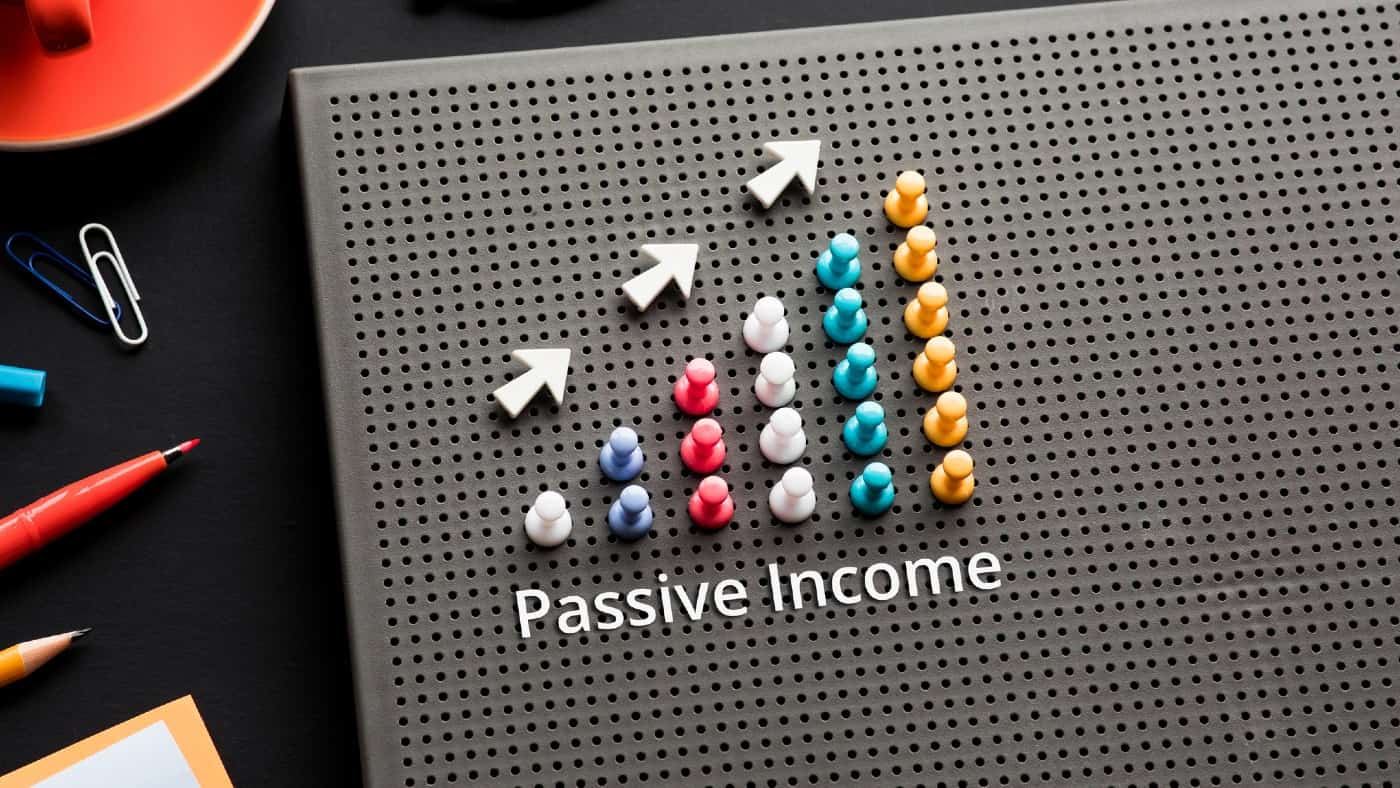It was extremely fortunate that I discovered passive income on my first foray into personal investment some 35 years ago.
The UK financial markets had been deregulated a short while before and I rather fancied myself as a budding stocks whizzkid.
Among the various shares I bought — one or two of which died with a whimper, not a bang — were dividend stocks. These paid me a regular income without me having to do anything else but own them!
Stock selection
The portfolio I more recently designed to generate the highest passive income from the highest-quality shares comprises four stocks now. These are Legal & General, M&G, British American Tobacco, and Phoenix Group Holdings (LSE: PHNX).
They respectively yield 9%, 9.8%, 8.3%, and 9.8%, so this is one of my key criteria for the portfolio met.
Another one is that they all look very undervalued to me. For example, Phoenix Group trades on the key price-to-book ratio (P/B) stock valuation measure at just 1.8 against a peer group average of 3.5. This reduces the risk of an extended period of share price losses wiping out dividend gains, in my experience.
They also look set for strong earnings growth to me, with analysts forecasting 69.1% a year to end-2026 for Phoenix Group.
So, I will be buying more of this stock, and the other three in my passive income portfolio, very soon.
Building passive income
Dividends and share prices can be expected to rise over time if earnings do the same. However, there are risks in all stocks and Phoenix Group is no different.
On 26 June, it announced that it plans to explore a potential sale of its SunLife business. It provides financial protection products directly to the over 50s.
This is part of a broader business reorganisation aimed at it becoming the UK’s leading retirement savings and income business. So, there is a risk here that this plan falters at some point, giving its competitors an advantage.
However, Phoenix Group’s 9.8% yield remains one of the highest in any FTSE index. So, £9,000 – the amount I started with 35 years ago – would make £882 a year in dividends on the same yield.
Turbocharging the returns
Over 10 years on this yield, the total return would be £8,820 to add to the £9,000 initial investment. After 35 years on the same basis, it would be £30,870.
This is a lot better than could be made in a UK bank savings account. However, it could be much more if the dividends paid were used to buy more Phoenix Group shares.
This is known as ‘dividend compounding’ and is the same idea as leaving interest in a bank account to grow.
Doing this on the same average yield would make an extra £14,885 after 10 years rather than £8,820. After 35 years, there would be an additional £265,046 instead of £30,870!
The total investment of £274,046 would pay £26,857 a year in passive income from dividends!
Inflation would have reduced the buying power of that money by that time, of course.
However, it shows what large passive income can be generated from much smaller investments through dividend compounding over time.








